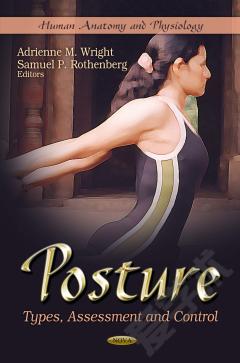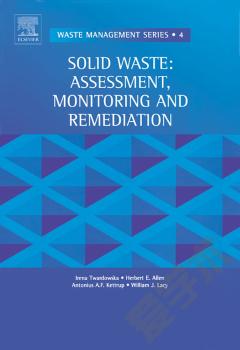Posture: Types, Assessment and Control
Standing is the static posture most commonly evaluated in balance assessments. This is because of its ubiquitous nature and because the act of precariously balancing two thirds of our body mass some distance from the ground imposes critical demands on the postural control system. In this new book, the authors present topical research in the study of posture, including the changes with aging and exercise of postural control; the influence of sport training on sagittal spinal curvatures; mathematical models, their biofidelity and applications in human standing posture; the relationship between muscle-tendon unit stiffness, joint stability and posture and H-reflex assessment in understanding motor functions in postural control.
{{comment.content}}








 京公网安备 11010802027623号
京公网安备 11010802027623号